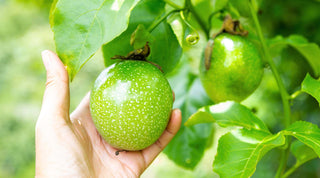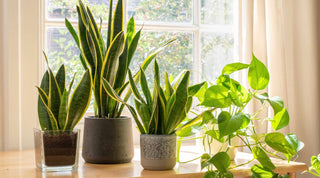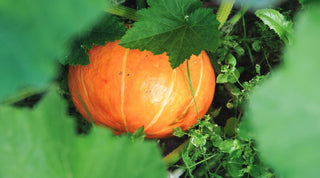With its nutritious and versatile leaves, Kale is a must-have in any vegetable garden. In this guide, we will focus on curly kale, a variety known for its ruffled leaves and robust flavor. You can enjoy fresh, organic produce from your backyard by planting kale from seed. Here’s how to do it successfully.
Choosing the Right Time to Plant
Curly kale is a cool-weather crop ideal for spring or fall planting. Start your seeds indoors about 6 weeks before the last expected frost date for a spring crop. This gives your kale a head start and protects it from harsh weather. Sow seeds directly into the ground in late summer for a fall harvest. This timing allows the plants to mature as the weather cools, enhancing their flavor.
Preparing for Planting
Begin by selecting a sunny spot in your garden, as kale thrives in full sunlight. Prepare the soil by incorporating organic matter to ensure good drainage and fertility. Kale prefers a slightly acidic to neutral soil pH, between 6.0 and 7.0. Use a high-quality seed starting mix and shallow trays or pots to start seeds indoors.
👉 Seeds we Like: Kale Seeds Collection
Sowing the Seeds
Plant seeds about ¼ inch deep for outdoor sowing and space them 2 inches apart in rows. If you’re starting indoors, sow two seeds per cell in your tray. Keep the soil consistently moist but not waterlogged. Germination should occur within 5 to 8 days. Once seedlings emerge, thin them to 12-18 inches apart, allowing ample room for growth.
Caring for Your Kale Plants
Kale requires regular watering, especially during dry spells. Aim for 1 to 1.5 inches of water per week. Mulching around the plants helps retain moisture and suppress weeds. Fertilize with a balanced organic fertilizer every 4-6 weeks to encourage healthy growth. Keep an eye out for pests like aphids and caterpillars, and manage them promptly using organic methods.
Timing Your Harvest
Curly kale typically takes about 55 to 65 days to mature from seed. However, you can start harvesting young leaves as early as 30 days. The leaves are most flavorful after a light frost, which sweetens them. Pick the outer leaves first for continual harvesting, leaving the center to continue growing. This “cut and come again” method can provide a steady supply of kale throughout the growing season.
Best Practices for Continual Harvest
To ensure a continuous harvest, avoid picking more than one-third of the plant at a time. This allows the plant to recover and grow back fuller. Regular harvesting also encourages new growth, keeping the plants productive. Remember, the smaller leaves are more tender and flavorful, ideal for salads, while the larger ones are better for cooking.
Conclusion
Growing curly kale from seed is rewarding and yields fresh, nutritious greens for your table. By choosing the right planting time, providing proper care, and employing a strategic harvesting method, you can enjoy kale throughout the season. Start your kale journey today and reap the benefits of home-grown produce!



